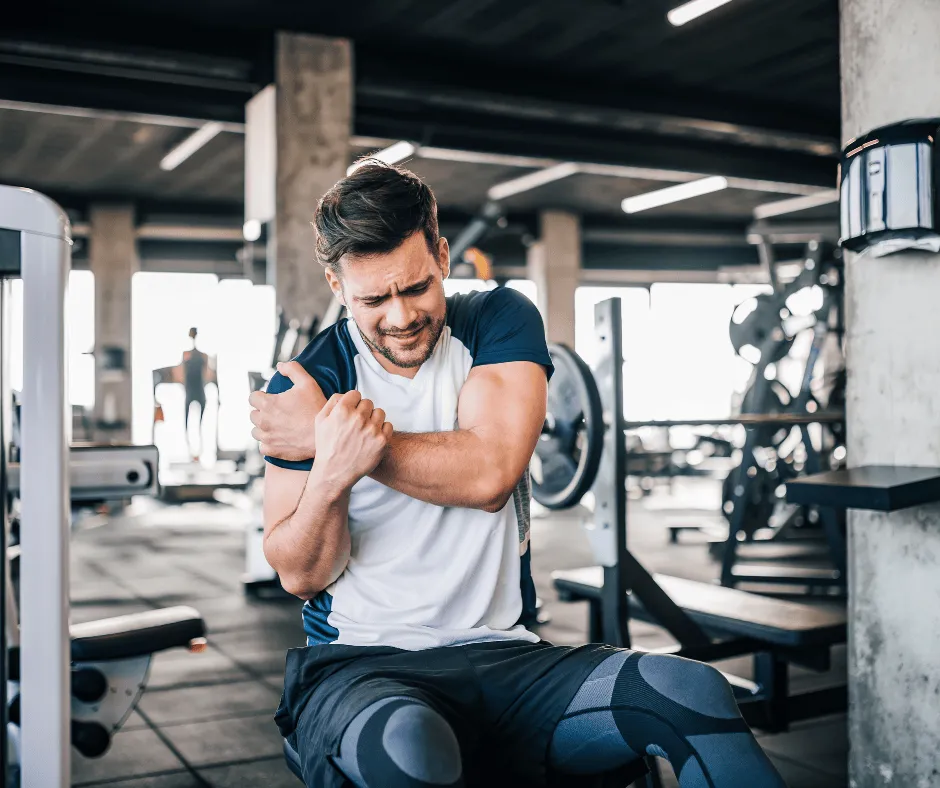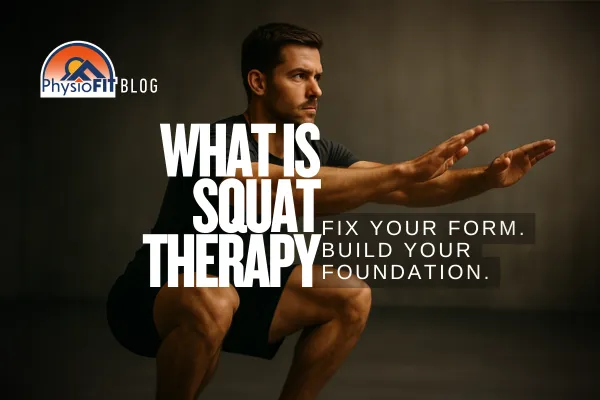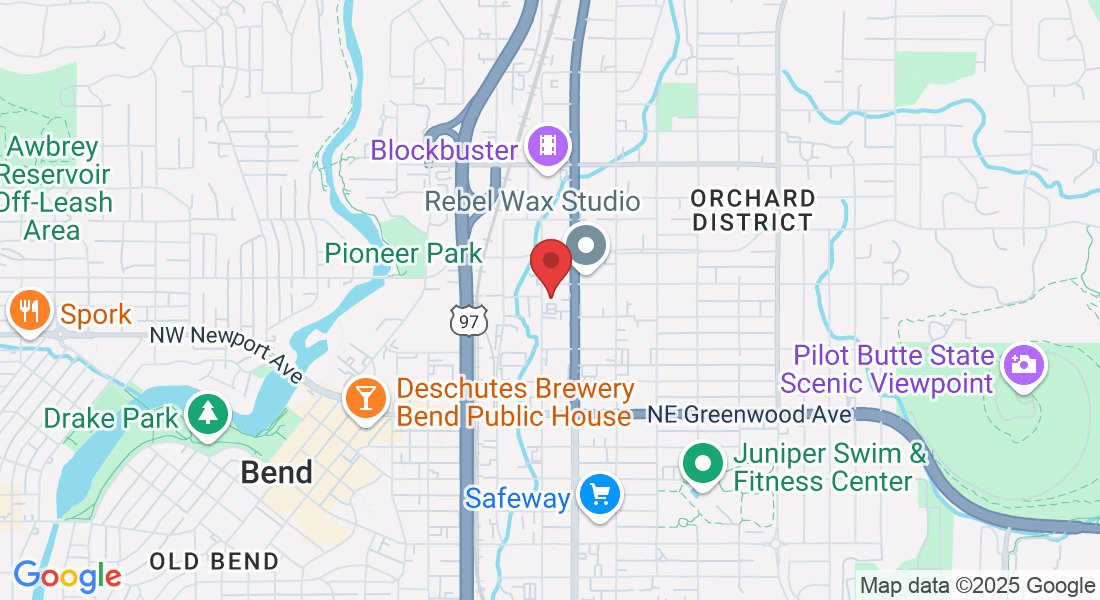PhysioFITNESS
Fitness Injuries: Recover & Recondition With Physical Therapy
Unlock Your Athletic Potential with Effective Rehabilitation for Fitness & Sports Injuries: At PhysioFIT, we understand the frustration and setbacks that sports injuries can cause, impacting athletes' seasons, games, and even their careers. Whether you're an athlete, a fitness enthusiast, doing Crossfit, or just someone who enjoys staying active, our dedicated team of physical therapists is here to provide expert care and help you recover from injuries, regain strength, manage pain, and prevent future problems. Don't let injuries hold you back—schedule an appointment today and take the first step toward getting back in the game.
What You Should Know
According to the National Institutes of Health, the prevalent types of fitness injuries most often include:
Knee Injuries & Sprains
Shin Splints & Strains
Swollen Muscles, Fractures, & Dislocations
A proper diagnosis of a fitness or sports injury involves a thorough evaluation from a professional.

What are the Most Common Ways Athletes Get Hurt?
Depending on the nature of the sports activities in which athletes participate, they may face the possibility of encountering different types of injuries. The human body is subjected to unique stresses and demands during various sports, making certain injuries more prevalent in specific athletic pursuits.
By understanding the specific injury profiles related to their sports, athletes can implement targeted training strategies, adopt proper techniques, and seek professional guidance to reduce the risk of injury and optimize their performance on the field or court.
Ankle Injuries: Athletes who engage in activities involving frequent running are susceptible to ankle injuries. Rolling or twisting the ankle can lead to strains or tears in the connective tissues.
Pulled Muscles: Overusing tired muscles, especially after prolonged workouts or performances, can cause them to stretch or tear. This commonly occurs in various areas of the legs due to the constant running, jumping, and quick changes of direction required in most sports.
Shin Splints: Extended periods of running can result in inflammation of the muscles and connective tissues surrounding the shin.
Knee Injuries: A sudden twisting or improper bending of the knee can cause ligament sprains.
Tennis Elbow: Officially known as tendinitis, tennis elbow occurs when the muscles and connective tissues around the elbow become inflamed from repetitive use.
Hip Flexor Strain: The hip flexor muscles, located on the upper-front side of the thigh, play a significant role in lifting the knee towards the trunk and assisting in leg movements. Weakness or stiffness in these muscles can be caused by prolonged sitting or poor posture. Sports-related injuries to the hip flexors can occur during activities such as sprinting, running on inclines, and sudden starts and turns.
In addition to joint, muscle, and bone injuries, concussions have become a prominent concern in sports. A concussion is a traumatic head injury that may result in severe headaches, altered levels of alertness, or even loss of consciousness. It can occur when the head is struck by a moving object or hits a solid surface.
Concussions are among the most challenging injuries to manage in sports today, and physical therapy plays a crucial role in the multidisciplinary approach to their diagnosis and treatment.
If any of this information resonates with your current situation, we urge you to schedule an appointment with us immediately. Don't let hip pain diminish your life quality - allow us to help you embark on the path to relief today.
Please Note: The information provided on our website is intended for general education and is not a substitute for professional medical advice. Each individual's situation and body is different. Therefore, what may work for one person may not work for another. We care about your well-being and advise you to reach out to us to discuss your specific needs before implementing any advice from our website.
Client Testimonials
Performance Programming
What is Performance Programming?
At PhysioFIT, our Performance Programming is designed to take your abilities to new heights. Whether you are a seasoned athlete or just occasionally active We offer a comprehensive personal training program that focuses on enhancing your overall physical performance. From beginners to professionals, our customized approach ensures that your training aligns with your specific goals.
Our performance programming, aka performance coaching, encompasses a wide range of exercises that target various aspects of your level of athleticism, including mind-body connection, mobility, stability, strength, endurance, power, speed, agility, and overall performance. Through a very personalized combination of exercises, we aim to improve your strength, endurance, technique, and overall physical performance. Our expert team of personal trainers and physical therapists in Bend will work closely with you to develop a personalized program that caters to your unique body, abilities, and lifestyle.
With our Performance Programming, you can expect to see improvements in your physical performance, reduce the risk of injuries, and enhance your strength and overall mobility. It's not just for elite athletes but also beneficial for individuals of all ages and abilities who want to improve their health, maintain an active lifestyle, and unlock their body's full potential.

The Benefits of Performance Programming
Enhanced Physical Performance: Our Performance Programming is designed to optimize your fitness abilities and take your performance to the next level. Through targeted exercises and specialized training techniques, you can improve your strength, endurance, speed, agility, and overall physical performance.
Injury Prevention: Our program includes exercises that focus on building strength, stability, and proper movement mechanics, which can help reduce the risk of fitness-related injuries. By improving your body's resilience and addressing any muscle imbalances or weaknesses, you can enhance your ability to withstand the physical demands of your lifestyle.
Technique Improvement: Our expert trainers and physical therapists work closely with you to fine-tune your technique and movement patterns. By providing personalized feedback and guidance, we help you optimize your form, maximize efficiency, and improve your overall technique, leading to better performance and reduced risk of injuries.
Tailored to Your Needs: Performance Programming at PhysioFIT is customized to your specific body, abilities, and goals. We take into account your specific lifestyle demands, current fitness level, and any limitations or considerations you may have. This personalized approach ensures that you receive the most effective training plan that is tailored to your unique needs.
Your Source for All Things Physical Therapy in Bend Oregon
The PhysioBlog

What Is Squat Therapy?
What is Squat Therapy?
Squat therapy is a focused training method designed to improve the motor control, posture, and mechanics of an individual’s squat. It is especially beneficial for those with immature squat patterns or poor squat mechanics. By using specific drills and feedback, squat therapy helps clients refine their movement patterns, enhancing stability, mobility, and overall performance.
Why is Squat Therapy Important?
The squat is a foundational movement in fitness and daily life, engaging multiple muscle groups and promoting functional strength. However, not everyone performs squats with optimal technique. Poor squat mechanics can lead to discomfort, inefficient movement, or even injury over time. Squat therapy addresses these issues by identifying and correcting faulty movement patterns, ensuring safer and more effective squatting.
Who Can Benefit from Squat Therapy?
You might benefit from squat therapy if:
Your air squat looks off: If your bodyweight squat (air squat) lacks depth, control, or symmetry, it could indicate deficiencies in mobility, stability, or motor control.
Your squat improves with load: Some individuals exhibit poor mechanics during bodyweight squats but demonstrate improved form when adding weight. This could suggest a lack of proprioception or engagement during lighter, unloaded movements.
Common issues observed:
Knees caving inward (valgus collapse)
Limited range of motion (e.g., shallow depth)
Poor balance or excessive forward lean
Lack of coordination or control
How Does Squat Therapy Work?
Squat therapy involves a combination of drills, cues, and tools to address deficiencies and retrain proper movement patterns. Key elements include:
Assessment:
Begin with observing the air squat. Look for common faults such as limited depth, instability, or asymmetry.
Compare the air squat to a loaded squat to identify discrepancies in mechanics.
Corrective Drills:
Wall squats: Perform squats facing a wall to encourage upright posture and proper knee tracking.
Box squats: Use a box or bench to guide depth and reinforce control.
Tempo squats to a target (our favorite!): refers to a squat drill where the individual performs squats at a controlled pace (tempo) while aiming to reach a specific target, such as a box, bench, or marker.
Controlled Tempo: The movement is intentionally slowed down, often broken into phases like a 3-second descent, a brief pause at the bottom, and a 1-second ascent. This slows the motion to enhance muscle engagement and motor control.
Targeted Depth: The target ensures consistency in squat depth, helping individuals practice reaching an ideal range of motion without collapsing or losing form.
Why It's a Favorite: This drill is versatile and addresses multiple issues, including depth consistency, posture, and strength. It also provides immediate feedback, as missing the target indicates a loss of control or improper technique.
Cueing and Feedback:
Use verbal or tactile cues to guide proper alignment and engagement.
Record and review videos to provide visual feedback on progress.
Recognizing Progress
As you work through squat therapy, improvements might include:
Increased squat depth without sacrificing posture or control
Improved knee tracking and stability
Greater confidence and comfort in the squat movement
Enhanced ability to transition these improvements to loaded movements
Final Thoughts
Squat therapy is an invaluable tool for anyone struggling with poor squat mechanics. Whether you’re a beginner looking to build a solid foundation or an experienced lifter aiming to refine your technique, this approach ensures that your squats are safe, efficient, and effective. By dedicating time to perfecting the fundamentals, you’ll set yourself up for long-term success in fitness and beyond.
Copyright PhysioFIT 2025 . All rights reserved


